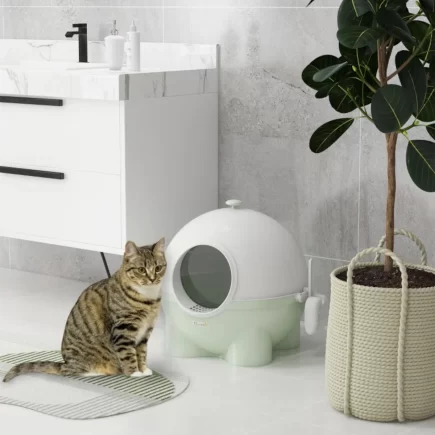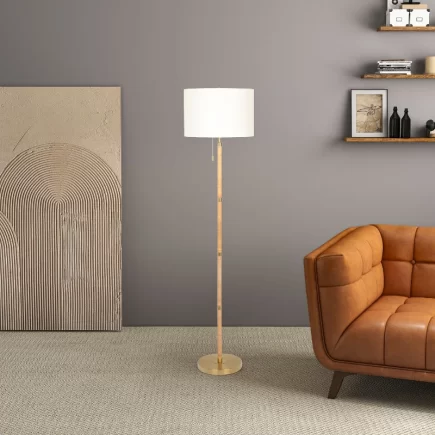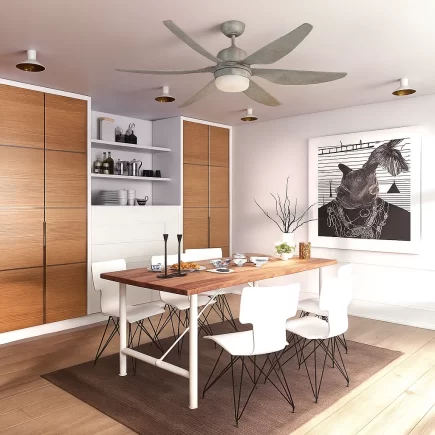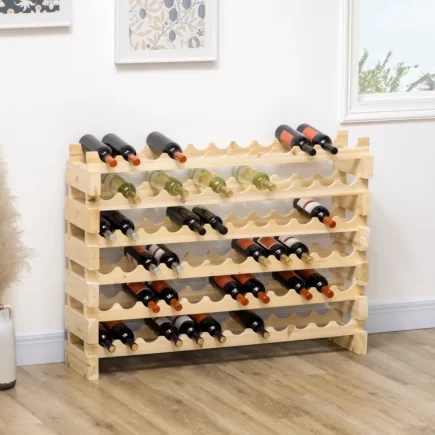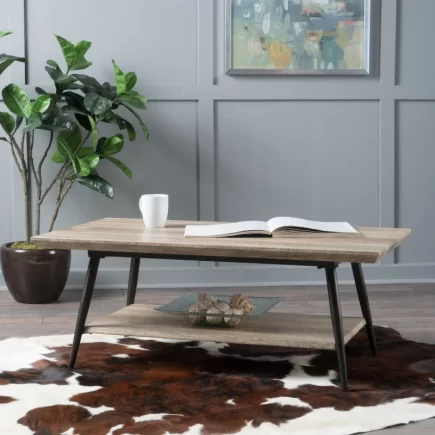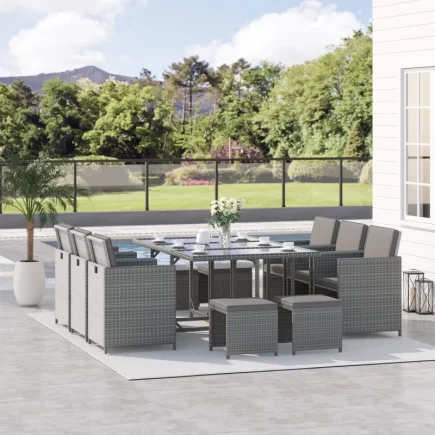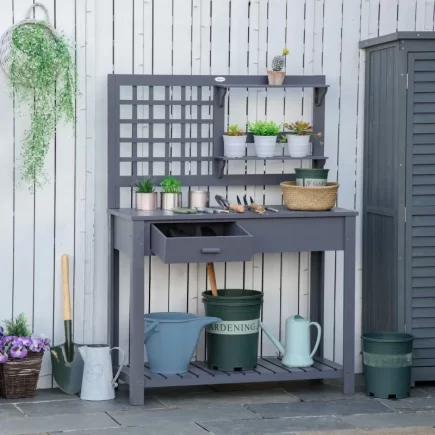A sideboard isn’t just a storage solution, it’s a design anchor that can completely transform your living room’s layout and flow. Whether you’re working with a compact apartment or an open-plan home, the right sideboard placement brings both beauty and purpose. From defining zones to filling awkward spaces, this versatile piece adds structure, texture, and personality to your decor. With thoughtful positioning, a sideboard can enhance function while becoming a natural focal point in your living area.

Common Living Room Challenges
Before placing a sideboard, it helps to understand your space limitations and design goals. Here are a few common living room issues a well-placed sideboard can solve:
| Common Challenge | How a Sideboard Helps |
| Lack of storage | Hidden compartments for living room essentials |
| Empty or awkward walls | Visually anchors art or decor, fills negative space |
| Poor room flow | Acts as a transitional element or visual divider |
| Minimal surface area | Provides extra display space for decor or lighting |
| No designated entry zone | Creates a drop-off station for keys, mail, and bags |
1. Behind the Sofa
One of the most popular and practical places to position a sideboard in the living room is directly behind the sofa. Especially in open-concept layouts, a sideboard can anchor the seating area and create a soft divide between spaces.
Maximize Storage and Maintain Flow
- Provides enclosed storage similar to a console table
- Doesn’t block views if it’s the same height or lower than the back of the sofa
- Helps define the lounging area in open layouts without disrupting the flow

Helpful Tip: Measure the back of your sofa before purchasing a sideboard for this spot. Choose a sideboard that’s slightly shorter in length to avoid overwhelming the couch.
2. Next to the Main Seating Area
Placing a sideboard adjacent to your main seating (sofa or sectional) gives you both function and flair. It essentially serves as a supersized end table.
Add Functionality and Style to Your Seating Area
- Perfect for holding remotes, magazines, or cozy throws
- Adds a solid visual foundation when paired with artwork above
- Makes a great surface for drinks when entertaining

Helpful Tip: Choose a sideboard with doors or drawers instead of open shelves here to avoid visual clutter.
3. Along a Blank Wall
If your living room has a large empty wall that feels underutilized, a sideboard can completely transform it. This setup adds depth, utility, and a strong decorative anchor.
Transform Empty Walls into a Decorative Focal Point
- Fills negative space without needing custom-built-ins
- Offers the perfect base for a statement mirror, art collection, or gallery wall
- Creates a sense of balance in long, rectangular rooms

Styling Tip: Create layers above the sideboard using a mix of wall art and a leaning floor lamp on one side. Decorate with varying-height accessories to avoid visual flatness.
4. Under a Window
Not all furniture works well under windows, but sideboards can shine in this role especially when you’re short on wall space elsewhere.
Utilize Vertical Space While Maintaining Light Flow
- Takes advantage of unused vertical space
- Offers a subtle visual line that leads the eye across the room
- Keeps things low-profile, so light still flows in

Decor Tip: Use low vases, decorative trays, or a row of small potted plants to keep the look cohesive without blocking natural light.
5. Near the Entry Point of the Living Room
In rooms that flow directly into living spaces from an entryway or hallway, sideboards placed near the entrance provide both function and focus.
Create a Welcoming and Functional Entry Zone
- Serves as a drop-off zone for keys, sunglasses, and mail
- Makes a great place for a bowl, catchall tray, or table lamp
- Welcomes guests into a thoughtfully arranged space

Styling Tip: Use the top to establish the room’s color palette and design tone with books, seasonal decor, or framed prints.
6. Across from the TV Wall
Placing a sideboard opposite your TV or entertainment wall balances the layout and adds visual weight to both sides of the room.
Balance the Layout with Visual Weight
- Helps anchor the seating arrangement
- Provides bonus storage for DVDs, board games, or consoles
- Can double as a serving station during gatherings

Decor Tip: Balance the visual height by pairing the sideboard with taller items like table lamps, branches, or stacked books.
7. Corner of the Living Room
A corner placement is perfect for smaller living rooms or awkward layouts. When done right, a sideboard in the corner can turn dead space into a decor moment.
Maximize Small or Awkward Spaces
- Maximizes underutilized areas
- Adds unexpected symmetry when angled or tucked
- Allows you to create a vertical vignette

Styling Tip: Layer it with tall, thin accessories like a sculptural lamp or statement vase to draw the eye upward.
8. Floating Behind a Divider or Partition
Open-plan homes often need visual separation, and a floating sideboard is the perfect bridge between rooms.
Separate Spaces Subtly Without Blocking Light
- Offers dual-sided access if placed away from the wall
- Doesn’t block natural light like solid dividers
- Creates subtle zones in open layouts

Decor Tip: Use minimal decor to avoid making the space feel too busy. Think of one large statement bowl or a stack of books.
9. Integrated with Other Furniture
Another stylish and space-saving idea is to place the sideboard as part of a coordinated furniture arrangement.
Seamlessly Blend Your Sideboard with Other Furniture
- Blends seamlessly into your living room theme
- Works beautifully between two armchairs or next to a bookshelf
- Enhances multi-functional spaces like bar corners or reading nooks

10. Use It as a Focal Point
Finally, instead of just filling space, let your sideboard define the style of the room. A bold, well-placed sideboard can act as the centerpiece of your living area.
Make a Bold Design Statement
- Makes a strong design statement
- Ideal for layering color, texture, and decorative accents
- Adds instant character without overwhelming the room

Styling Tip: Choose a sideboard with standout details like fluted doors, gold hardware, or open shelving to draw attention.
Give Your Sideboard Purpose and Presence
When thoughtfully placed, a Sideboard becomes more than a background piece, it shapes how your living room feels and functions. Each placement idea offers a unique blend of practicality and style, helping you maximize space while maintaining harmony. Whether it stands behind a sofa, under a window, or along a blank wall, your sideboard can elevate everyday living. Use it to express your design vision, tie the room together, and create a living space that feels both curated and complete.
FAQs
1. What should I store in a living room sideboard?
Use it for everyday items that need easy access but shouldn’t clutter surfaces, like extra throws, board games, candles, or remote controls. Reserve one section for seasonal decor or entertainment supplies to keep your space organized.
2. How do I safely anchor a sideboard in a home with kids or pets?
Use anti-tip brackets or wall anchors, especially on taller or narrow sideboards. Place heavier items in lower drawers to add stability and avoid top-heavy accidents.
3. Should the sideboard finish match the coffee table or TV unit?
Not necessarily. Mixing finishes is a stylish way to add dimension. Just ensure the tones complement each other like warm wood with brass, or black with natural oak.
4. How do I prevent my sideboard from making the room feel cramped?
Choose a model with slim legs or a floating design to maintain open floor space. Light finishes and glass or mirrored accents also reflect light, helping the piece blend seamlessly into smaller rooms.




